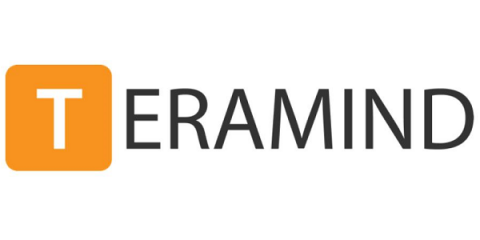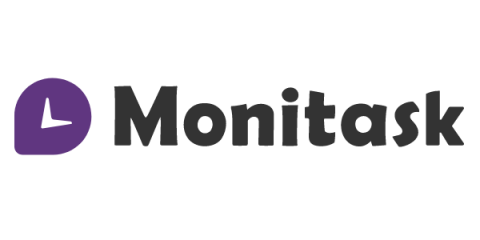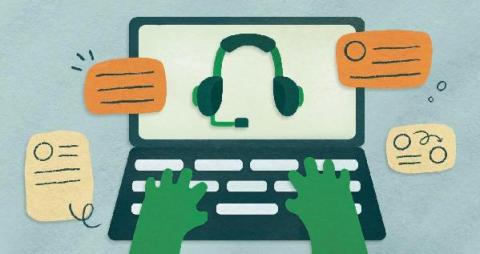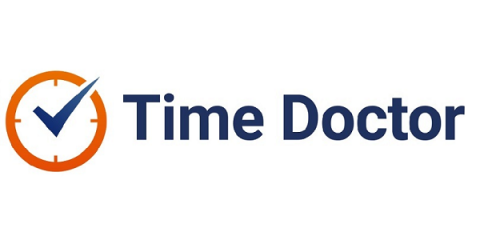Teams | Collaboration | Customer Service | Project Management
Latest News
What is the future of the employee monitor software?
You can’t keep your eyes and ears all over your team or office all the time. That’s when using a time tracker and employee monitoring tool makes sense. And although time tracking and employee monitoring seem to be interchangeable terms, both are different in specific.
Daniel Pink on how regret can help you find your purpose
Deliver better customer and employee experiences with Zendesk and Amazon AppFlow
In a world where the only constant is change, providing more personalized and efficient support for both your customers and employees is vital. But many companies are still learning how to leverage their data and draw insights for creating those kinds of next-generation experiences.
The most important customer service skills for 2021
The impacts of COVID-19 changed customer service for good. What started as a global health crisis became the accelerant in our transition to a truly digital-first world. Customers are online more than ever, with customer service taking center stage. Half of customers say customer experience is more important to them now compared to a year ago, according to our research, and 77 percent report being more loyal to a company that offers a positive customer experience if they have an issue.
Internal Recruitment in Scoro: Why Businesses Should Hire Within?
Recruiting is an expensive and time-consuming process and the search for top talent is more difficult than ever. As such, it should be every company’s priority to retain talent. One way for businesses to do this is by establishing an internal recruitment process. 95% of business leaders agree that it’s challenging to find skilled professionals. On top of that, it takes a lot of time and money to find the right people.
Top 10 Employee Scheduling Apps For 2021
Looking for an effective employee scheduling app? Creating and maintaining staff schedules is critical to boosting the overall performance of your organization. On the other hand, manual scheduling with Excel or using a clunky staff scheduling app can be time-consuming, which affects your productivity. So choosing the right software can make all the difference in making the process simpler.
What is a Split Shift and How Can You Implement It?
Being understaffed during rush hour and overstaffed during slower periods may be one of the biggest challenges a business faces. You must ensure that you schedule your employees so that there’s adequate staff during peak periods and that it doesn’t exceed your labor budget. So how do you reach this sweet spot? You can easily achieve this by having your employees work in a split shift.
How a Healthcare MSP uses OneDesk to streamline its workflow
As a managed service provider (MSP), providing a high quality of service is tantamount to the success of the business. The range of services provided by an MSP includes providing support, maintaining equipment, and improving the operations, all with an eye to anticipating future needs and optimizing cost. The relationship between the service provider and its customers is predicated on a contract wherein the service provider commits to providing a particular level of service for a given price point.
Client Onboarding Checklist (Why Easy Onboarding Matters)
A client onboarding checklist will help to make client onboarding easy for both parties. There is no reason why client and customer onboarding has to be a laborious process. Utilizing the power of workflow automation tools like StartingPoint, you can transform your onboarding process into a streamlined workflow designed to enhance customer experiences. Have you considered enhancing customer experiences with an improved onboarding process?










